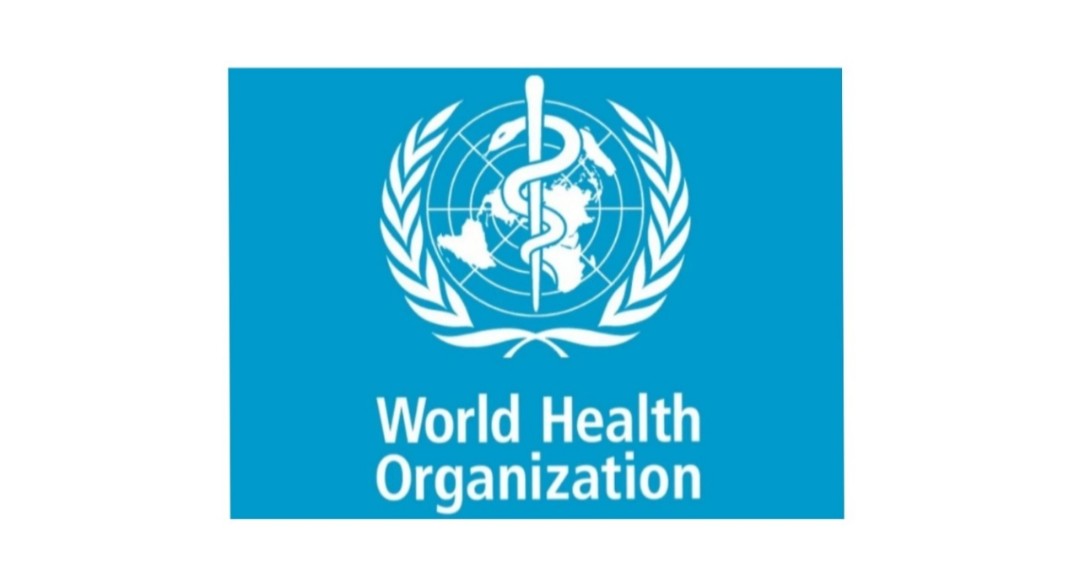More than 200 scientists from 32 nations have written to the WHO, saying there is evidence that the coronavirus is airborne and even smaller particles can infect people, a significant departure from the UN health agency’s claims so far that COVID-19 is spread primarily through coughs and sneezes.
A report in The New York Times says that clusters of infections are rising globally as people go back to bars, restaurants, offices, markets and casinos, a trend that increasingly confirms that the virus lingers in the air indoors, infecting those nearby.
“…in an open letter to the WHO, 239 scientists in 32 countries have outlined the evidence showing that smaller particles can infect people, and are calling for the agency to revise its recommendations,” the report said, adding that the researchers plan to publish their letter in a scientific journal next week.
The World Health Organization (WHO) has long held that the coronavirus is spread primarily by large respiratory droplets when an infected person coughs or sneezes. In its latest update dated June 29 on the coronavirus, the WHO said airborne transmission of the virus was possible only after medical procedures that produce aerosols, or droplets smaller than 5 microns.
The guidance that the health agency has given to deal with the virus, such as wearing masks, maintaining social distance and frequent handwashing, since the pandemic first broke is based on its claim that the virus spreads through large droplets when an infected person coughs and sneezes.
“If airborne transmission is a significant factor in the pandemic, especially in crowded spaces with poor ventilation, the consequences for containment will be significant. Masks may be needed indoors, even in socially-distant settings. Health care workers may need N95 masks that filter out even the smallest respiratory droplets as they care for coronavirus patients,” the NYT report said.
It said that ventilation systems in schools, nursing homes, residences and businesses may need to minimise re-circulating air and add powerful new filters.
“Ultraviolet lights may be needed to kill viral particles floating in tiny droplets indoors,” it said. WHO’s technical lead on infection control Dr Benedetta Allegranzi, however, said in the report that the evidence for the virus spreading by air was unconvincing. “Especially in the last couple of months, we have been stating several times that we consider airborne transmission as possible but certainly not supported by solid or even clear evidence. There is a strong debate on this,” she said.

